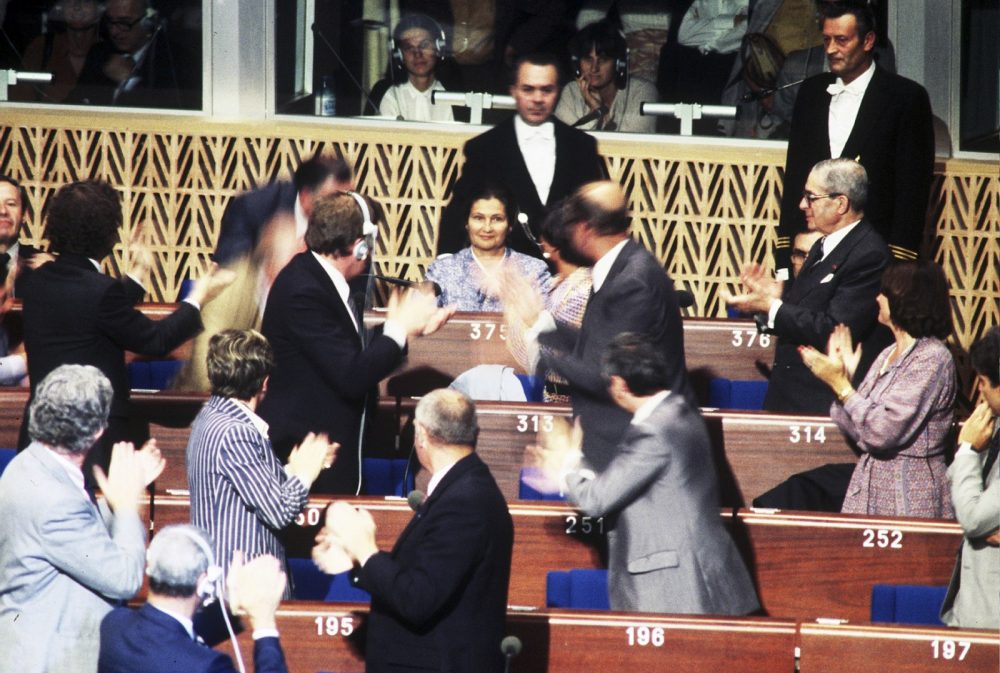The next European elections, scheduled for 2024, will be the tenth time that European Union (EU) citizens will be able to cast their votes to choose the Members of the European Parliament (MEPs).
The elections for the EP take place every five years and are the largest transnational elections in the world, with over 400 million voters spread across the current 27 member states.
But how did they start?
The road to the first direct European election in 1979 was a long one. Since 1952, with the foundation of the predecessor to the current EP, the Parliamentary Assembly of the European Coal and Steel Community (ECSC), and with its political authority to represent citizens “within the newly developing supranational political system of European integration, it seemed self-evident that it should be directly elected”[i]. Direct elections were foreseen as an option both in the Treaty of Paris (1951), which created the ECSC, and in the Treaty of Rome (1957), which founded the European Economic Community (EEC). Nevertheless, until the introduction of direct elections, the Members of the European Parliament, renamed in 1962, “were appointed by each of the Member States’ national parliaments”[ii], at a time when Members had a dual mandate.
In September 1976, 16 years after the first proposal for European elections, the Council of Ministers issued an Electoral Act “concerning the election of the Members of the European Parliament by direct universal suffrage” (Salm, 2019). Despite the initial plan that elections would take place in 1978, the act had to be rectified by all Member States, and it was not until June 1979 that the first elections took place (Box, 2021). For the first time, the then 180 million European citizens, had the opportunity to vote on their representatives. Former German Chancellor, Willy Brandt, the leader of the Italian Communist Party, Enrico Berlinguer, and the former French Minister of Health, Simone Veil, were some of the high-ranking politicians that stood for election (Salm, 2019).
With a turnout around 63%, in a universe of 410 parliamentary seats,
divided among nine Member States, the election led to the formation of seven
political groups. In the beginning of the 1979-1984 legislative period, Socialist
Group had the most seats (112 seats, 27,32%), closely followed by the Group of
the European People’s Party (108 seats, 26,34%)[iii].
Simone Veil, a Jewish survivor of the Nazi concentration camps, become “the
first President of the first directly elected European Parliament”,
constituting as a “symbolic stand against the nationalism that was one of the
causes of the First and Second World Wars” (Salm, 2019).
[i] Salm, C. (2019). European elections: A historical perspective. European Parliamentary Research Service
[ii] Box, U. (2021). The European Parliament: Historical Background. Fact Sheets on the European Union
[iii] Europarl (2019). European Parliament: 1979-1984 – Constitutive session. https://www.europarl.europa.eu/election-results-2019/en/european-results/1979-1984/constitutive-session/
Photo “First direct European Elections 1979” via Europal




